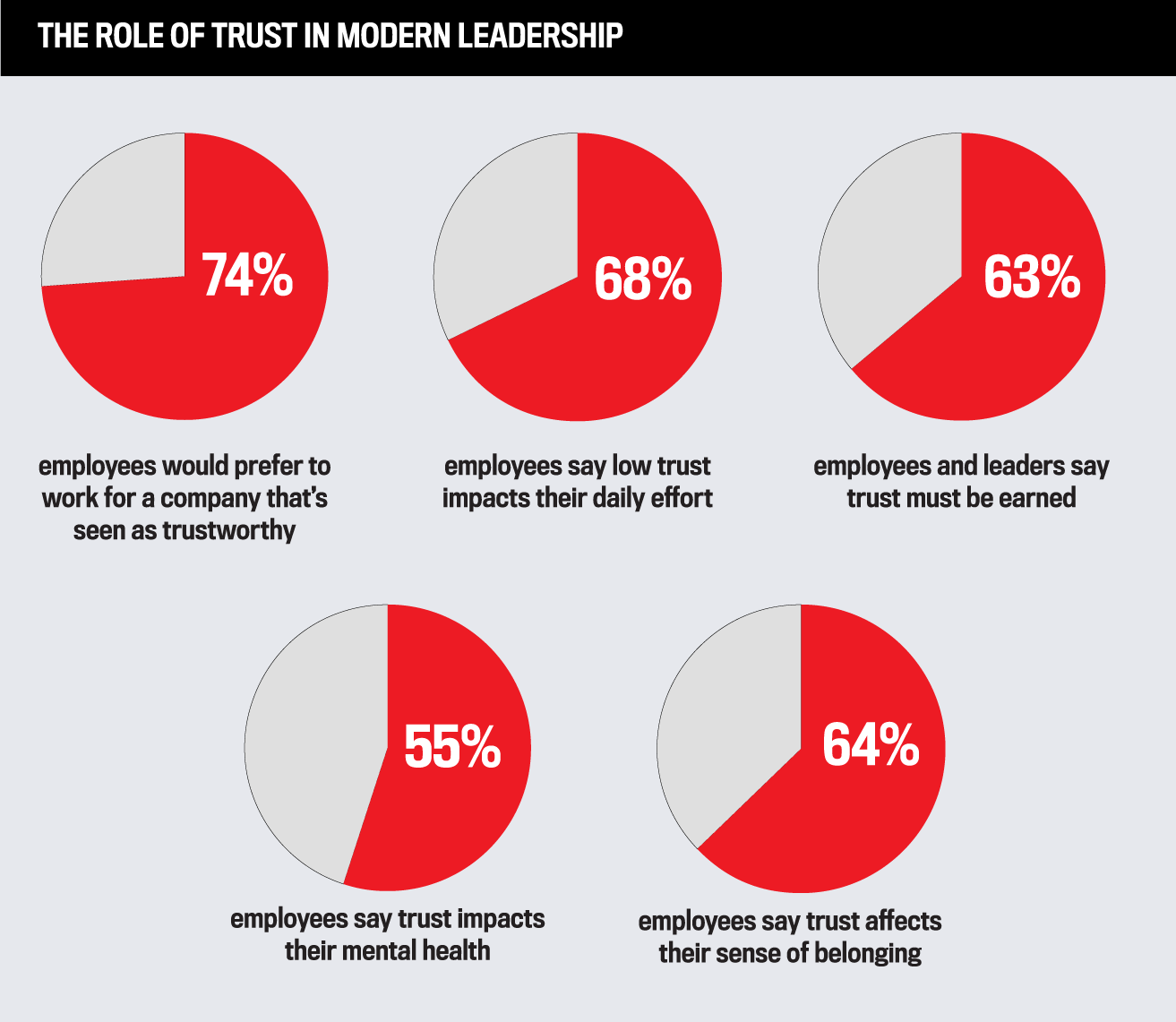
HRD takes a look at the challenges of the past 12 months to pre-empt any issues in the coming year

The past year has been a rollercoaster of change for HR leaders and their teams. The pandemic forced us all to rethink how we perceive work, pushing the C-suite into changing archaic traditions and catapulting HR into a central, strategic role. And while it’s been tough, it’s also been incredibly rewarding. In that vein, HRD recently launched its Best Places to Work 2022 ranking – a list of Canadian organizations that went above and beyond in helping their people through the COVID chaos. As part of the awards, the HRD team looked deeper into the challenges, trends, and predictions that leaders would continue to face in the coming months to better understand where the industry is heading.
One of the main issues that arose when we looked back over the past year was just how HR leaders settled into their new role as pandemic mediator. While HR has always been the ‘problem solving’ arm of the business, the pandemic pushed its role to a whole new level.
“The past year has been a prolonged time of trial for many organizations,” says Dr Raeleen Manjak, one of the winners this year. “It has been a moment of significant transition in our organizational spheres, including those brought about by the global pandemic. I feel that we are still in this time of transition, this ‘in between’ time when old paradigms are challenged, perspectives begin to shift, and new innovative and creative ideas emerge.
“The practice and the craft of [the HR profession] has been fully challenged and changed in ways that are still being processed. Culture is created by each individual within the corporation, working together. As they change, because of challenge and opportunity, the culture also starts to change. [HR] is there to help steer, support, and nurture this change. The opportunities for growth are profound, at both the individual and the organization level. None of this can be done without a focus on well-being and mental wellness. Creating this culture of wellbeing prioritizes employee mental wellness and supports members of the community so that they can thrive in the workplace and in their personal lives.”
We’d be remiss to speak about the perils and pitfalls of the last 12 months if we don’t mention mental health. Without a doubt, mental wellness has been top of mind for all HR leaders – and will continue to be so for the foreseeable future. A recent report found that 42% of employees had experienced a decline in their mental health since the beginning of the pandemic, with an increasing number of staff exhibiting signs of depression and anxiety. In the face of such data, employers need to ramp up their psychological wellness strategies and embrace flexibility – not a ‘one size fits all’ approach.
At Glentel, one of the award winners, 2022 brought with it a shift of importance in mental health – something that HR director Elena Bobyreva takes very seriously.
“Mental health is important to our employees and leaders,” she told HRD. “Over the last few months, in addition to offering [an employee and family assistance program], the HR team facilitated training for the managers on recognizing signs of mental health distress among employees and what actions they could take. We also partnered with our EFAP provider to offer orientation sessions for new hires and managers, and to offer webinars for Glentel employees related to stress management and dealing with life transitions.”
It‘s true that employers which already had a comprehensive mental health strategy fared better in the pandemic that those which did not. But what we considered ‘great’ just two years ago really wouldn’t cut it now.

Trust and purpose have been the defining leadership traits of 2022. Gone are the days of the mysterious CEO – hidden in the boardroom, ever present but always out of sight. The pandemic allowed us a look behind the Green Curtain and established a new type of leader – a compassionate and accessible one. And, as always, HR was right there to show the C-suite how.
“Not only has HR been there to guide the organization and the workforce through the various iterations and transitions of the pandemic impact, there has also been the requirement to learn, redesign, and reimagine the go forward within the workplace,” adds Dr Manjak. “The adaptability related to systems thinking from a human resources perspective is a critical capability. The work around company culture and leadership that motivates employees to move together toward a shared purpose and vision that is clear, amidst the ambiguity, is critical.”
She says that these changes have “created a more challenging environment, especially dealing with talent challenges, talent strategies, and the ability to sustain levels during the current reshuffle. For example, there has been much more work conducted within the virtual realm. Talent acquisition moved from in-person to virtual, there were opportunities to participate in virtual career fairs and hiring events, remote onboarding, learning and implementing new technologies.”
While no one can predict the future – just look at how the pandemic surprised us – we can see future trends begin to emerge in the HR sphere. A heavy emphasis on authentic diversity, equity and inclusion programs will be a core component moving into 2023, with issues such as accessibility and equity being top on mind for Canadian employers. Tamisha Parris, founder of diversity consulting firm Parris Consulting, revealed that expectations around psychological safety are changing post-pandemic – and that employers really need to keep their fingers on the pulse.
“True psychological safety is when you know you can ask for help without fear of being reprimanded,” she says. “It’s that trusting relationship which allows employees to feel valued and respected – especially when it comes to their mental health and wellbeing. When COVID hit, we were thrown into the deep end. Everything was uncertain – from our jobs to our health – meaning anxiety levels skyrocketed. Being surrounded by so much loss on such an unprecedented scale impacted the way we worked. Employees had to learn to adapt quickly, adopting to new video and remote technology, taking on new responsibilities in a remote environment. Similarly, re-entry back into the workplace is just as daunting for teams. Having to re-learn old skills and ways of communicating will leave people feeling psychologically unsafe and hyper vulnerable. If not handled correctly, employees will undoubtedly feel unheard and unappreciated.”
Looking at where we’ve come from, at just how much HR has changed in the past two years, it’s difficult to say where we will be in the years to come. What distinguishes the Best Places to Work is their overarching commitment to embracing the unknown – to rising to future challenges with ease and confidence – not only helping their employees survive the disruption but enabling them to thrive through it.